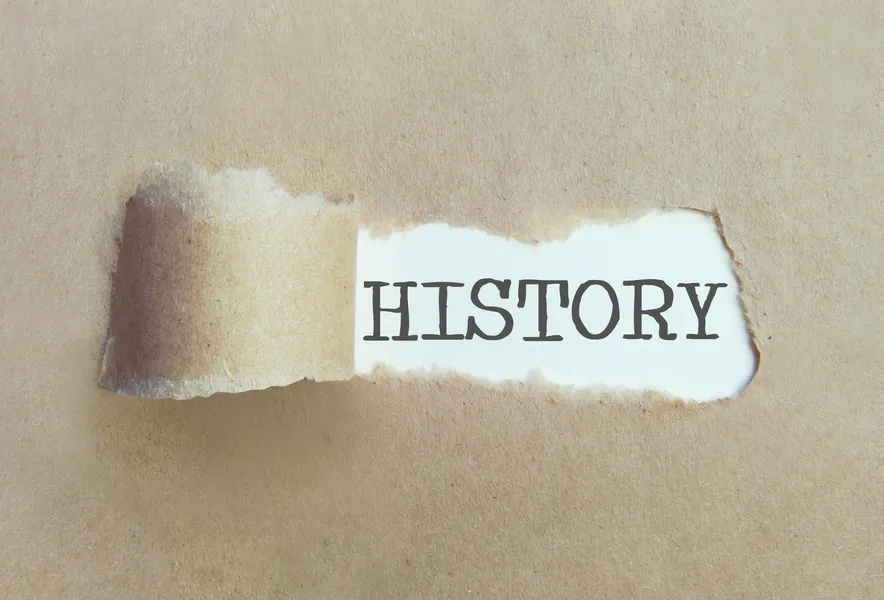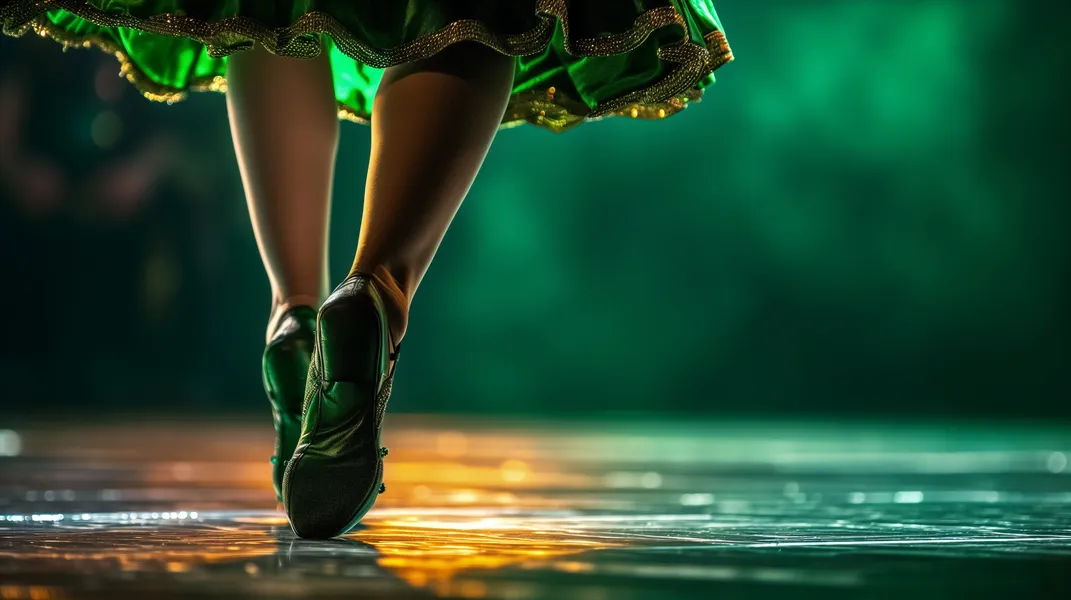

What is an Irish Jig?
he Irish jig has continued to find relevance in both traditional and modern contexts, demonstrating its ability to connect people across generations.
The Irish jig is a well-known traditional dance with a unique rhythm and style that sets it apart from other forms of folk dance. But what is it, and where did it originate? Let’s break it down.
An Irish jig is a traditional dance characterized by quick, lively movements and performed to music in 6/8 time. Originating in Ireland, it is a hallmark of Irish culture, often featuring solo or group dances. The jig comes in various forms, including the light jig, single jig, and slip jig.
There’s so much more to the Irish jig than its spirited steps and music. From its fascinating history to the different styles and techniques, we’ve got all the details you need to truly understand this iconic dance. Read on to learn more about its origins, forms, and cultural significance!
Origins and History

The Irish jig is believed to have originated in the 16th century in Ireland as a traditional dance and musical form. Its lively rhythm and structured movements made it a central part of community gatherings and celebrations. Over time, the jig became widely popular, spreading throughout Ireland and eventually gaining recognition overseas.
This dance style played an important role in social and cultural events, often performed at festivals, weddings, and other joyous occasions. As Irish immigrants settled in different parts of the world, they brought the jig with them, helping preserve its traditions while introducing it to new audiences. Today, the jig is closely associated with Irish identity and pride, symbolizing the country's cultural history.
What began as a local tradition has now permeated global events, from Irish dance competitions to St. Patrick's Day celebrations, where the jig remains a staple. Its popularity among dancers and musicians has ensured its continued presence and influence in both traditional and modern forms of Irish culture. Reflecting the spirit of its origins, the Irish jig serves as a bridge between past generations and contemporary expressions of music and dance.
Musical Structure

The Irish jig is characterized by its 6/8 time signature, which gives it a lively and energetic feel. This structure features two groups of three notes per bar, creating a "diddle-dee" pattern that encourages quick and light movements. The upbeat tempo of the jig helps set the pace for the dance, with the music and movements intricately linked. Dancers use timing to match the bounce and flow of the music, creating a dynamic interchange between sound and physical expression.
Instruments commonly associated with performing jigs include the fiddle, which brings a high, spirited sound, and the flute, offering a softer, melodic tone. Other traditional instruments, such as the concertina, tin whistle, and uilleann pipes, are also frequently used, each contributing to the distinctive musical experience. The bodhrán, a type of Irish drum, is often used to provide rhythmic support and highlight the underlying beat.
Together, these elements create a musical foundation that complements the dancers' steps. The interplay between the lively tempo and the instruments' melodies ensures the jig remains a staple in Irish traditional music and dance, celebrated in performances and festivals worldwide. This connection between music and movement highlights the shared role they play in sustaining Irish cultural practices.
Types of Jigs

Irish jigs can be categorized into several types, each with its own characteristics in rhythm, steps, and context. The light jig is known for its faster tempo and lighter movements, often performed with a focus on grace and agility. It is frequently taught to beginners in Irish dance due to its straightforward footwork.
The single jig features a 6/8 time signature but differs in its rhythm, often described as having a “long-short” pattern. It incorporates a simpler step structure and is less commonly performed compared to other jigs.
The slip jig stands apart with its 9/8 time signature, allowing for an elegant and flowing style. Often considered a more fluid and graceful dance, it is typically performed by women and emphasizes soft, gliding movements.
The double jig, one of the most popular types, is performed in 6/8 time and highlights more pronounced steps and movements. It often serves as a focal point in competitions and performances, showcasing both strength and precision.
Each type offers dancers and musicians opportunities to bring varying textures to the art form, emphasizing different aspects of technique and presentation. Whether light, structured, or flowing, these styles reflect the traditions and adaptability within the Irish jig.
Dance Characteristics
Traditional Irish dance emphasizes quick and precise footwork paired with controlled upper body posture. Dancers perform intricate movements with their feet while maintaining a straight, upright stance, relying on stationary arm placement to enhance their focus and technique. This combination creates a striking visual contrast, where the energy of the lower body remains central to the performance.
Irish jigs can be performed both as solo dances and in group arrangements. Solo performances often highlight individual skill, agility, and personal interpretation of the steps. In competitive settings, solos allow dancers to showcase their refinement and mastery. On the other hand, group performances, such as céilí dances, rely on synchronized movements, cooperation, and patterns that emphasize unity. These group performances are typically seen in social contexts, where dancers interact and form shapes on the floor while maintaining the timing of the music.
Over time, the steps and movements of Irish dance have evolved significantly. Competitive dance has introduced more technical challenges, with faster footwork and higher leaps becoming more prevalent. Additionally, modern choreography often incorporates elements designed to impress audiences, blending tradition with contemporary flair. Despite these changes, Irish dance retains its foundational characteristics, preserving the balance between precision and grace that defines the art form.
Cultural Significance

The Irish jig holds a prominent place in festivals, celebrations, and dance competitions, serving as both entertainment and a way to honor cultural tradition. At social gatherings such as weddings or seasonal festivals, jigs are performed to bring people together, showcasing the energy and communal spirit associated with Irish dance. Live musicians often accompany the dancers, creating an interactive experience where music and dance thrive as complementary art forms.
In competitive settings, jigs highlight the technical skills and precision of performers. Competitions such as feiseanna allow participants to display their mastery of steps, timing, and style, while preserving and promoting the traditional art form. These events often attract people of all ages, fostering connections across generations and encouraging the preservation of Irish dance.
Beyond its role in celebrations and competitive environments, the jig is an emblem of Irish identity and pride. Its rhythms and movements are deeply tied to the historical and cultural fabric of Ireland, reflecting resilience and creativity. For many performers and audiences, the jig symbolizes both individual and collective expression. By continuing to play a central role in gatherings and events, the Irish jig remains a powerful representation of cultural heritage and the enduring connection to tradition among Irish communities worldwide.
Modern Relevance
The jig continues to play an active role in modern performances, seen in concerts, festivals, and dance schools dedicated to Irish traditions. In concerts, it is often part of larger productions that combine music and dance, appealing to both traditionalists and newer audiences. Many festivals feature jigs as part of their programming, often incorporating live musicians to give the audience an authentic experience. This ensures that the step patterns, techniques, and cultural value are regularly celebrated and shared.
Irish dance schools worldwide teach the jig as an essential component of their curriculum. These schools not only train dancers for competitions but also emphasize the importance of cultural preservation. Students learn both traditional and modern adaptations, balancing respect for the past with contemporary performance styles.
Globally, the jig has also influenced various folk traditions. Its patterns have been blended with other forms of dance to create new styles or incorporated into multicultural performances. Musicians and dancers across the globe borrow elements of the jig, reflecting its adaptability and international appeal. These cross-cultural exchanges continue to expand its presence, demonstrating that while the Irish jig remains rooted in tradition, its influence extends well beyond Ireland, enriching other cultural practices and evolving in new contexts.
Final Thoughts

The Irish jig has continued to find relevance in both traditional and modern contexts, demonstrating its ability to connect people across generations and cultures. As both a dance and a musical form, it has served as a symbol of identity, expression, and community, enduring changes while retaining its core significance. Whether performed at festivals, taught in dance schools, or adapted in global settings, the jig holds a meaningful place in preserving Irish culture.
For those unfamiliar with this tradition, experiencing a live performance or learning about its steps and melodies offers insight into Ireland’s cultural history. Dance schools, concerts, and cultural events provide opportunities to engage with the artistry and rhythm that have defined the jig for centuries. Whether as a dancer, musician, or audience member, being involved offers a deeper appreciation for how traditions are maintained and celebrated.
The Irish jig invites people from all backgrounds to explore its value, whether as a cultural connection or simply a celebration of movement and sound. Its presence in modern entertainment and education allows it to continue growing while honoring the past. To better understand the spirit of the jig and its significance, engaging with its performances or learning more about its history is a rewarding experience.

What is Celtic Music?

